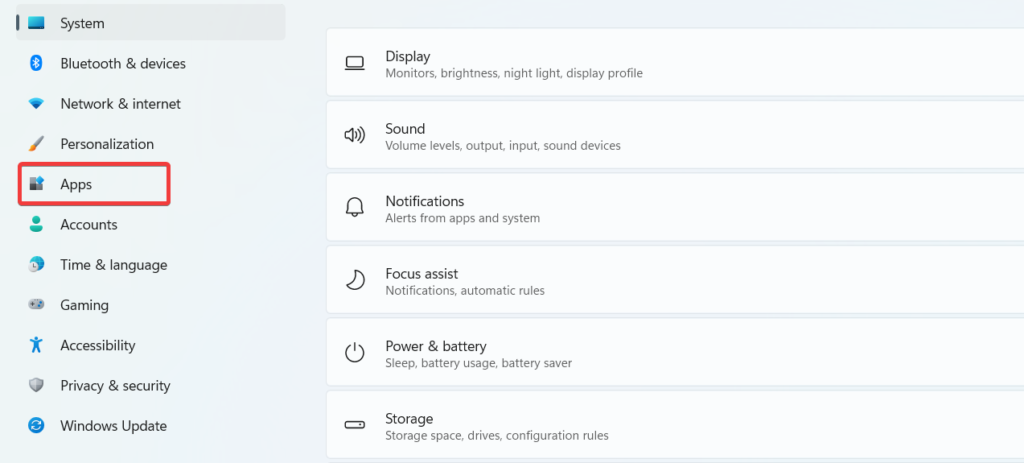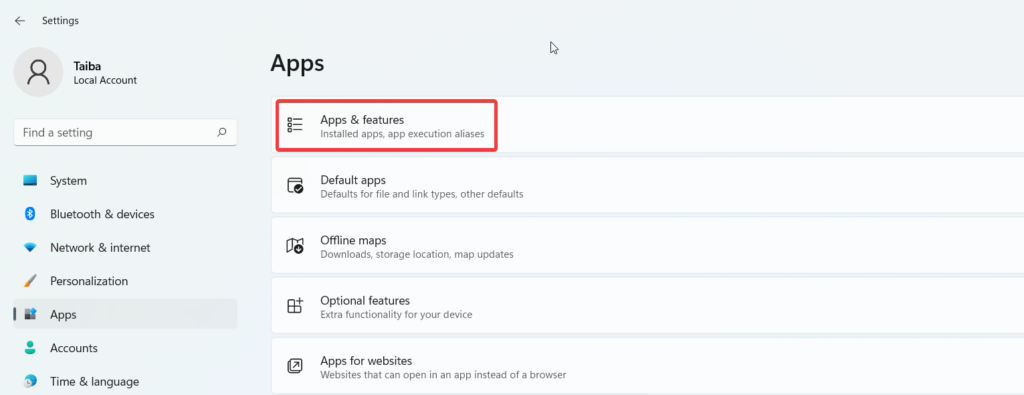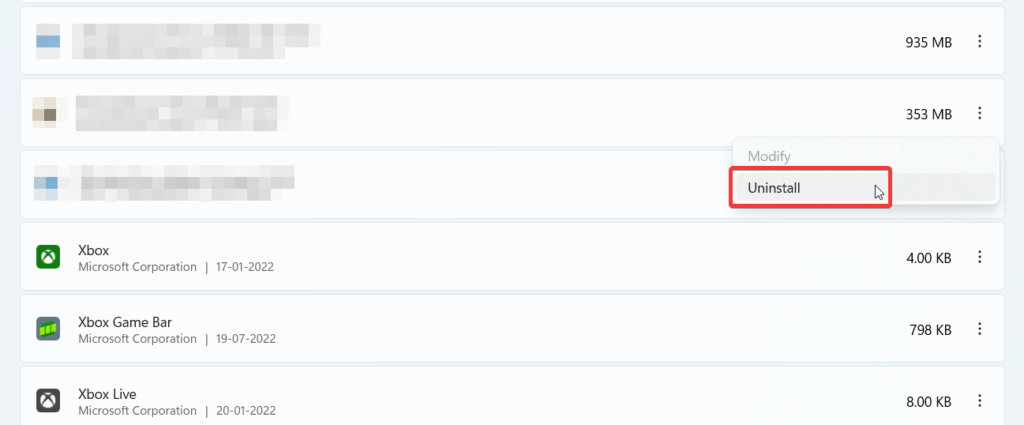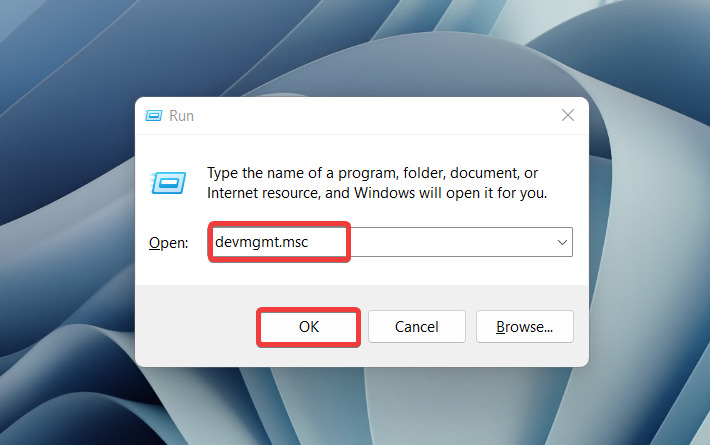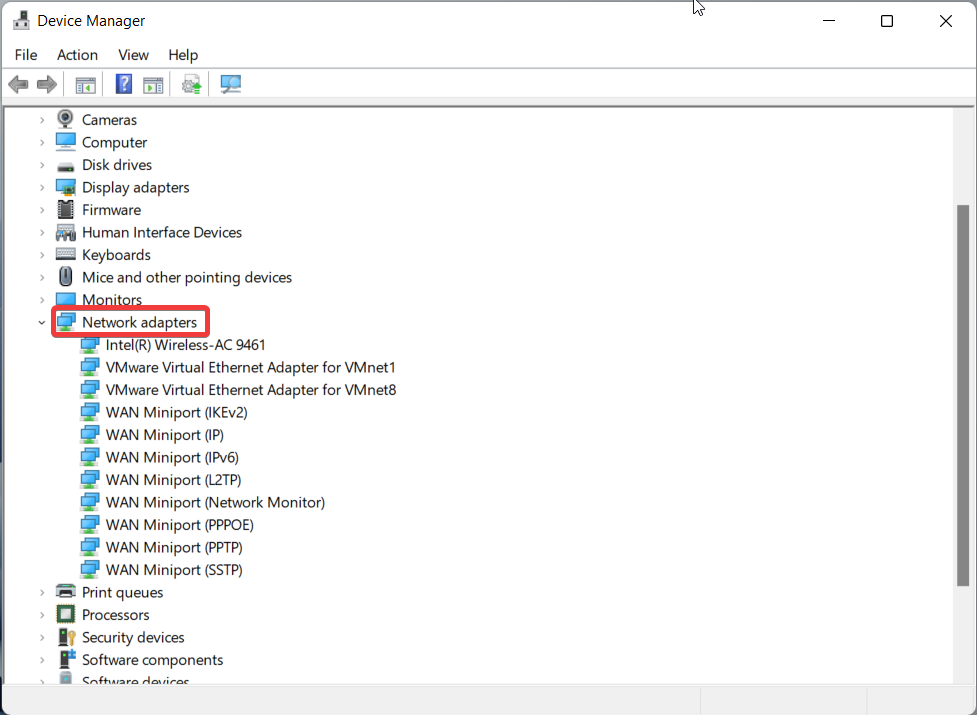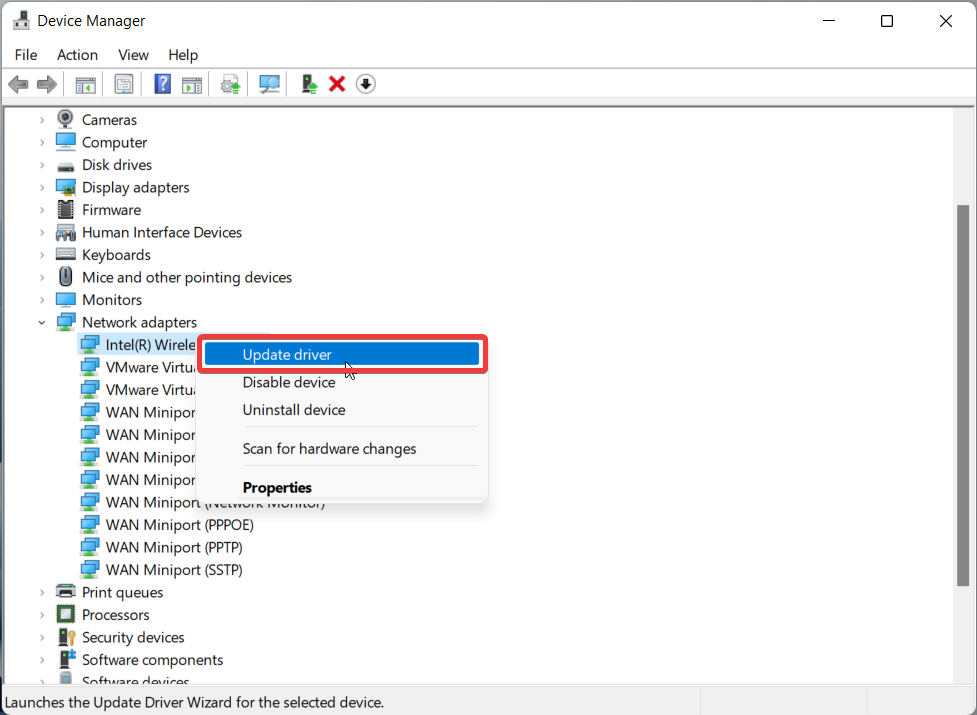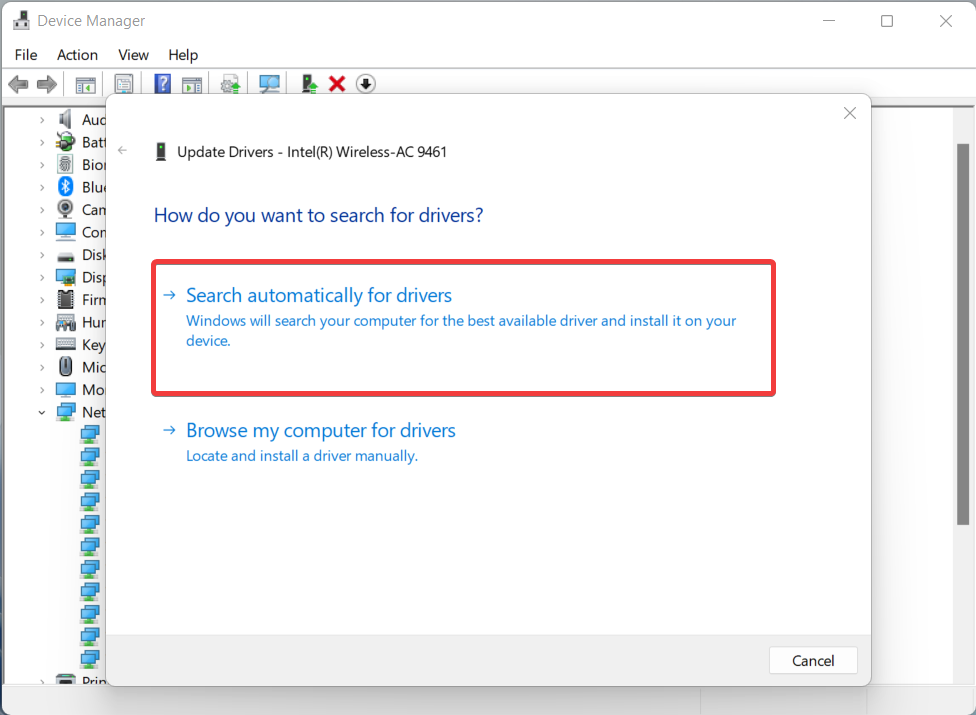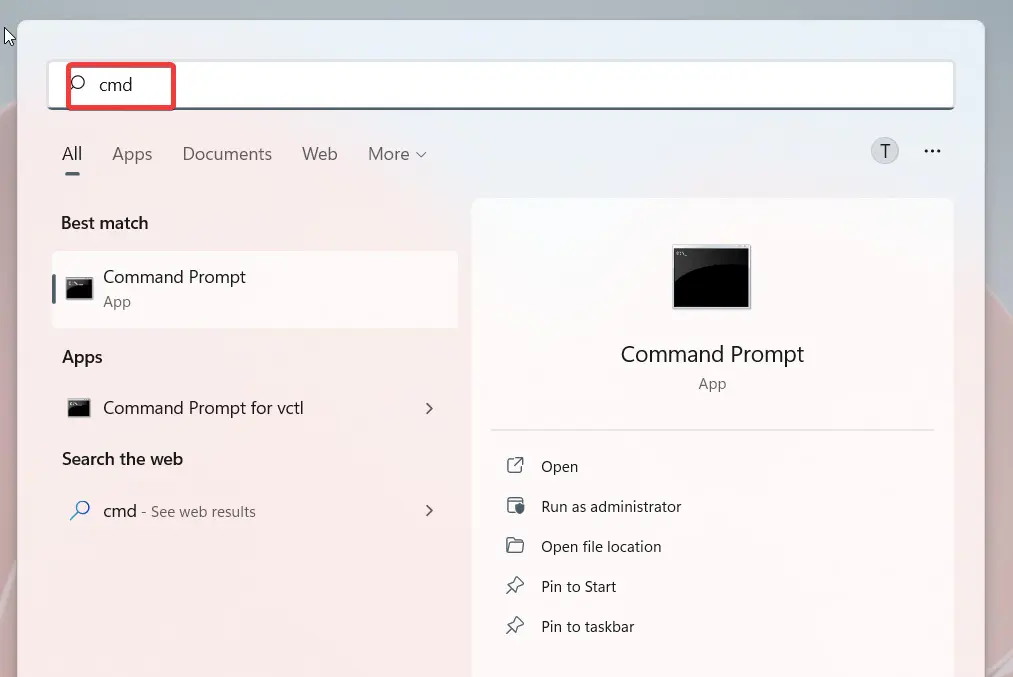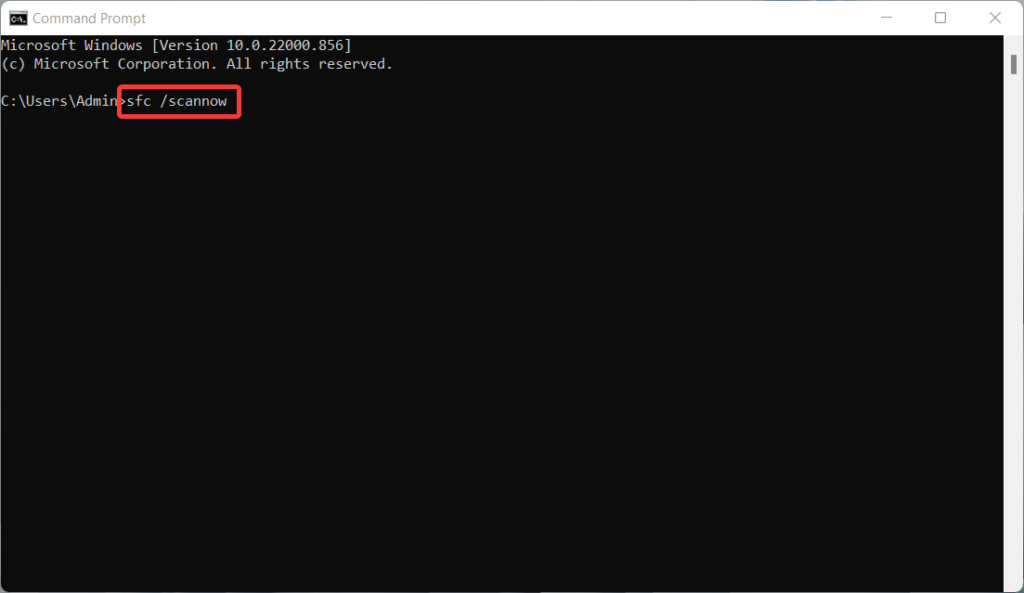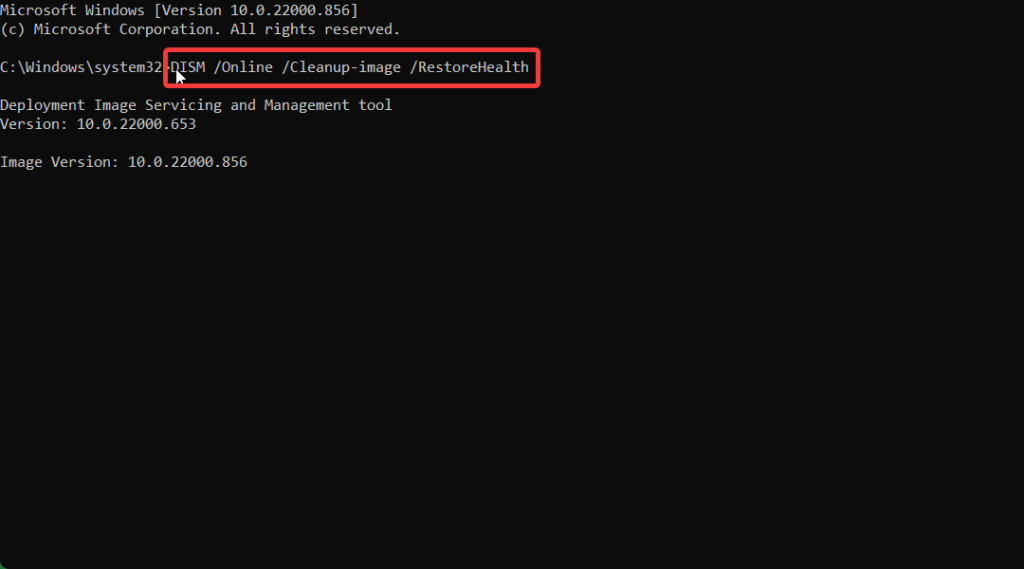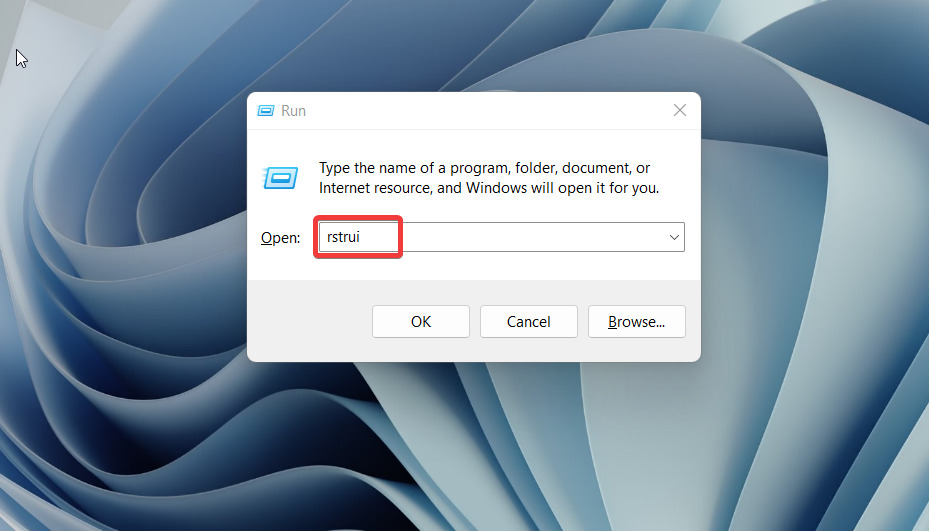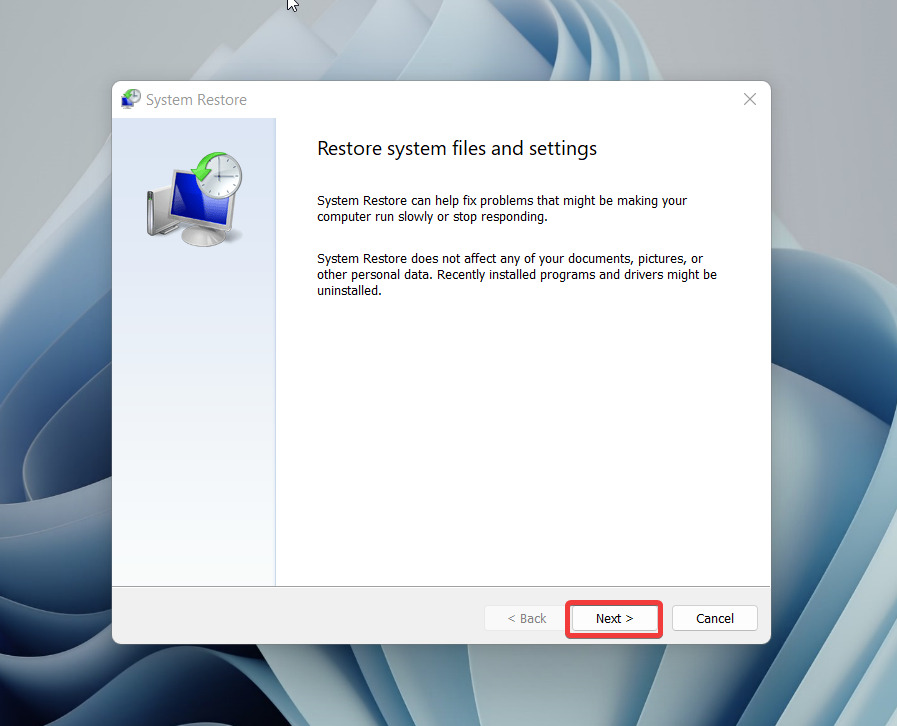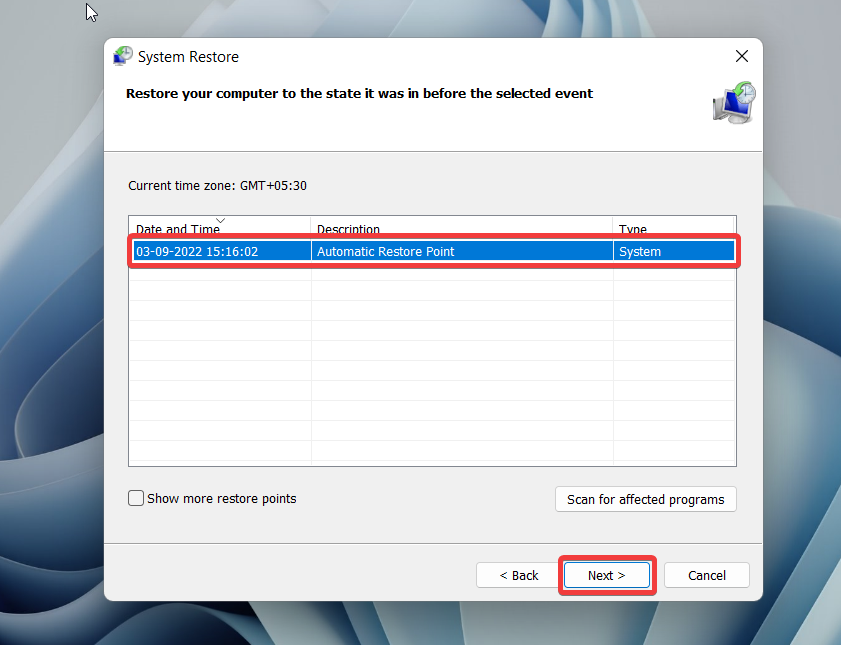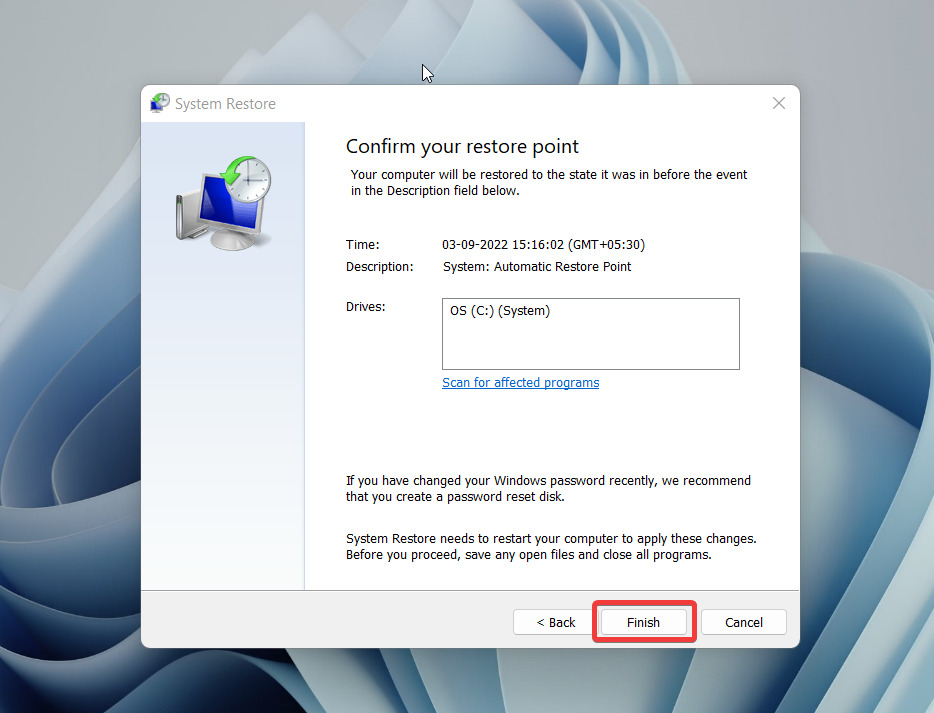The BSOD error can very much occur on your system running on Windows 11, but there is no need to worry about it! Plenty of workarounds are available, which can help a novice user to troubleshoot the BSOD error without any hassle. Before we head towards it, we first need to understand why your PC encountered the error in the first place.
What Triggers a BSOD error?
Multiple issues can cause the BSOD error on your system, and it is extremely hard to determine the exact cause behind the problem. Generally, the operating system throws a BSOD error when the hardware components are unable to run the programs in the intended way. We have put together the most probable root causes for the occurrence of the BSOD error in the list below.
Outdated or corrupt driversCorrupt System FilesIncompatible UpdateOutdated System SoftwareDefective RAMMalware InfectionConflicting apps and programsDamaged Setup FilesInsufficient Storage SpacePhysically Damaged or Corrupt Hard Disk
Fix Black Screen of Death on Windows 11
Now that you know the possible culprits behind the BSOD error, it’s time to take a closer look at the troubleshooting process of this frustrating error click by click.
1. Disconnect Unwanted Peripherals
As soon as you encounter a BSOD error, your first step should be to remove all the connected peripherals, such as a Bluetooth mouse, keyboard, speaker, or dongle. If you feel that the error occurred as soon as you attached an external device, be mindful to disconnect them too. These can be anything from external hard drives, USB devices, and printers to external monitors and smartphones. This is necessary to rule out the hardware-related issue, which could be the cause behind the unexpected system crash. After disconnecting the peripherals, let the system reboot and see if the fatal system error occurs anymore.
2. Disable Fast Startup
In Windows 8, Microsoft added a fast boot capability, which loads your PC faster after a shutdown. When the Fast Startup feature is enabled, Windows closes all the running processes but saves the kernel session and drivers state on the hard disk. So, the system does not have to load them during the next startup session, speeding up the booting process. While this feature is very useful, there is always a risk for the system files to become corrupt and cause BSOD. Hence it is advisable to disable the Fast Startup feature on your Windows 11 PC.
- Click the Search icon on the taskbar and type Control Panel in the search bar.
- Select Large Icons in View by drop-down and choose Power Options.
- Click the Choose what the power button does link on the left sidebar.
- On the next page, click the Change settings that are currently unavailable link.
- Under the Shutdown settings, Uncheck the box preceding the Turn on fast startup (recommended) option and click the Save Changes button. Now reboot your PC and see if the problem is sorted or not.
3. Switch to High-Performance Mode
Windows 11 offers several power plans for controlling energy consumption in different situations. Users prefer power-saving mode to prevent battery depletion, but sometimes hardware tends to malfunction if they do not receive the required power. This particularly happens when resource-intensive programs are running on your system. To prevent BSOD errors in such circumstances, you should switch to high-performance mode. Here are the steps to do it.
- Use the Windows + I shortcut combination to access the Settings app.
- Choose the Power and Battery option from the right pane to access the power settings.
- Click the drop next to Power Mode and choose Best Performance. Once enabled, your Windows 11 PC will offer better performance at the cost of more energy consumption.
4. Run Windows Memory Diagnostic Tool
Sometimes, the internal components of your Windows 11 PC, such as RAM begin to malfunction, causing it to crash and flash the blue screen of death. Thankfully, we have Windows Memory Diagnostics, a handy tool that checks and ensures that the RAM, motherboard, and other components are operating normally or not.
- Launch the Run dialog box using the Windows+R shortcut key.
- Type mdsched in the text box and press the Enter key.
- Windows Memory Diagnostic tool will pop up on the screen. Choose the first option, which says Restart now and check for problems (recommended). Your PC will then reboot, after which a diagnostic test will run on your PC. As soon as your PC restarts, the test results will appear on the screen. If the Memory Diagnostic tool could not detect any problem, you can safely say that the hardware-related issues are not behind the BSOD error. On the other hand, if Windows mentions some hardware-related issue, it indicates that the RAM bars or motherboard have become faulty and need to be replaced soon.
5. Clean Boot Windows PC
A system reboot has always been effective for resolving varied problems in your PC, and it might prove effective in this scenario as well. Hence it is recommended to clean boot your PC, which will successfully close all the background programs, including the ones behind the BSOD error. Follow these steps to clean and boot your PC.
- Right-click the Start icon and choose Run.
- Type msconfig in the text box and press the Enter key.
- Switch to the Services tab of the System Configuration window and check thebox preceding the Hide All Microsoft Services option.
- Press the Disable All button followed by Apply button at the bottom.
- Now, use the Ctrl + Shift + Esc key combination to launch the Task Manager.
- Go to the Startup tab and right-click each of the programs listed here and disable them. Now reboot your Windows 11 PC, and if you do not encounter the BSOD error, you can restart these programs one at a time to catch the culprit.
6. Update The System
Microsoft regularly releases updates to improve the system performance and eliminate the bugs in the previous version. If you are using an outdated build of Windows 11 and haven’t updated the PC for a long time, critical errors, including the BSOD error, can ruin your system’s performance. Ideally, you should enable the automatic updates to the feature, but you can manually check for the pending updates. Here’s how:
- Use the Windows+ I shortcut key to launch the Settings app.
- Choose Windows Update from the left sidebar.
- Press the Check for Updates button on the top. If an update is available, press the Download and Install button. Reboot your PC to complete the installation. Hopefully, the Blue Screen error will no longer trouble you.
7. Boot Into Safe Mode
If you experience constant blue screen errors, it is better to restart your PC in Safe Mode. When in Safe Mode, only the necessary programs and hardware are loaded on your PC, ignoring the additional programs and drivers. If the BSOD screen does not occur in safe mode, it means some program is hindering the normal system function. Here are the steps to boot your PC in Safe Mode.
- Launch the Settings app using the Windows key + I shortcut and click on Recovery.
- Look for Advanced startup under the Recovery option and press the Restart now button next to it.
- Choose Troubleshoot from the Recovery Options window.
- Next, choose Advanced options.
- From the Advanced options window, click Startup Settings.
- On the Startup Settings window, press F5 to select the Enable Safe Mode with the Networking option. If the BSOD error appears while using the PC in safe mode, your PC is experiencing hardware-related issues.
8. Uninstall Unnecessary or Heavy Programs
We all are guilty of installing third-party apps from unreliable resources and forgetting about them after some time. These apps consume a large number of system resources in the background causing the system to become unstable. You should uninstall such problematic apps to programs to speed up your PC and prevent BSOD errors. Here is what you need to do:
- Click the Windows icon and choose Settings from the pinned apps.
- Choose the Apps option from the left sidebar of the Settings app.
- Choose Apps and features from the right pane and scroll down to access the app list.
- Look for the program you wish to uninstall and click the three dots next to it.
- Choose the Uninstall option and follow the step-by-step instructions successfully uninstall the app from your Windows 11 PC.
9. Update Device Drivers
Frequent BSOD errors indicate incompatible or outdated device drivers, especially if you upgraded to Windows 11 recently. Let’s manually check for driver updates using the in-build settings to prevent blue screens in the future.
- Bring up the Run Dialog box using the Windows + R shortcut key.
- Type devmgmt.msc in the command line and press OK.
- When the Device Manager window opens on your PC, expand the hardware category whose driver you wish to upgrade.
- Right-click the outdated driver and select the Update driver option.
- Select Search automatically for drivers in the update window and allow Windows to install the latest updates. Repeat the above steps for all the outdated drivers. If you still witness the blue screen, hop to the next method below.
10. Run SFC and DISM Scan
Running SFC and DISM scans is a sure-shot method to detect the underlying issues. SFC ensures the integrity of the OS files, and DISM fixes the corrupt files stored in the Windows system image. Follow the steps below to run the SFC scan followed by the DSIM scan.
- Launch Start Menu by pressing the Windows key.
- Type cmd in the search bar and choose the Run as administrator option from the right pane.
- Once the Command Prompt opens, type the following command and press the enter key.
- Wait for the scan to get completed and launch the Command Prompt once again. Now copy-paste or type the following command and press the Enter key to execute it. The above command will fix the damaged operating system files. It is advisable to run the SFC and DISM scan more than once to make sure all the system files are fixed.
11. Run a Malware Scan
Malware infections are the biggest culprit behind corrupt system files, and viruses often interfere with the system’s operation. Hence it is recommended to periodically scan your Windows 11 PC for virus infections and eliminate them for good. Microsoft has provided an in-build tool known as Windows Defender for this purpose. Instead of a quick scan, run a full scan on your PC to ensure no traces of the infection remain.
12. Perform System Restore
If the issue at hand is still not resolved, it’s best to roll back your PC to a state where it was functioning properly. Your PC automatically creates a restore point, whenever you attempt to update the system or install a new driver on it. This is a precautionary measure to make sure you can revert to a previous healthy state if your PC becomes unstable after successful installation. The steps mentioned below will help you perform the system restore on your Windows 11 PC.
- Bring up the Run dialog box using the Windows + R shortcut key.
- Type rstrui in the text box and press the Enter key.
- Press the Next Button on the System Restore Wizard that opens in front of you.
- This will directly take you to the System Restore page. Choose the Restore Point to which you want to roll back your PC and press the Next button.
- Press the Finish button to confirm your Restore point. Wait until the Windows restoration process is completed.
What is the Green Screen of Death in Windows 11?
Green Screen of Death or GSOD occurs on the Insider Build of Windows 11 whenever your PC encounters a fatal error or device driver malfunctions.
How to disable Automatic Reboot after BSOD Error?
Access Advanced System Settings on your PC and press the Settings button for Startup and Recovery. Under the System Failure section, uncheck the box for Automatically Restart and press the Enter key.
Final Words
BSOD is a pain in the neck but employing the workarounds above mentioned will help you resolve it easily. If, by any chance, you still encounter the blue screen error, hardware related issue is the culprit behind it. Visit a service center and get your PC repaired to put an end to the annoying blue screen.
Δ
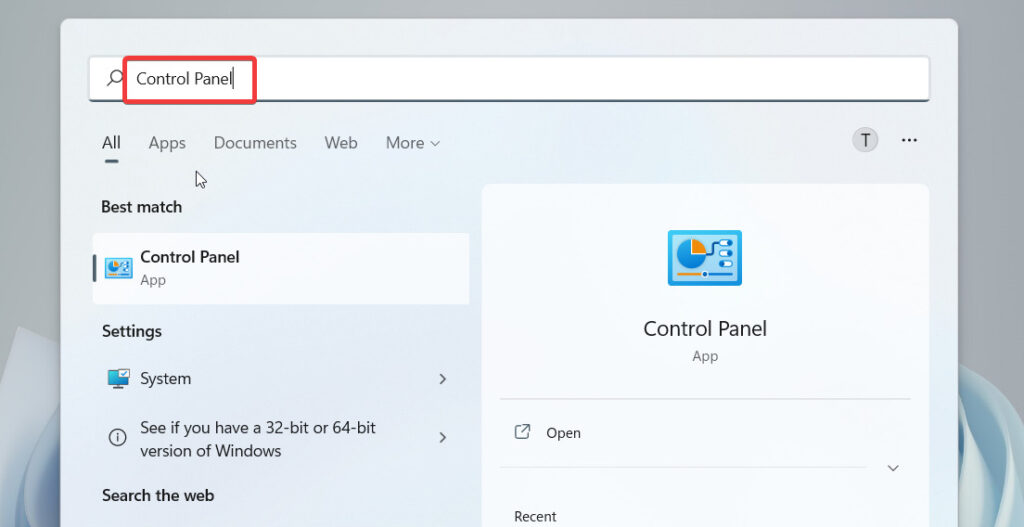
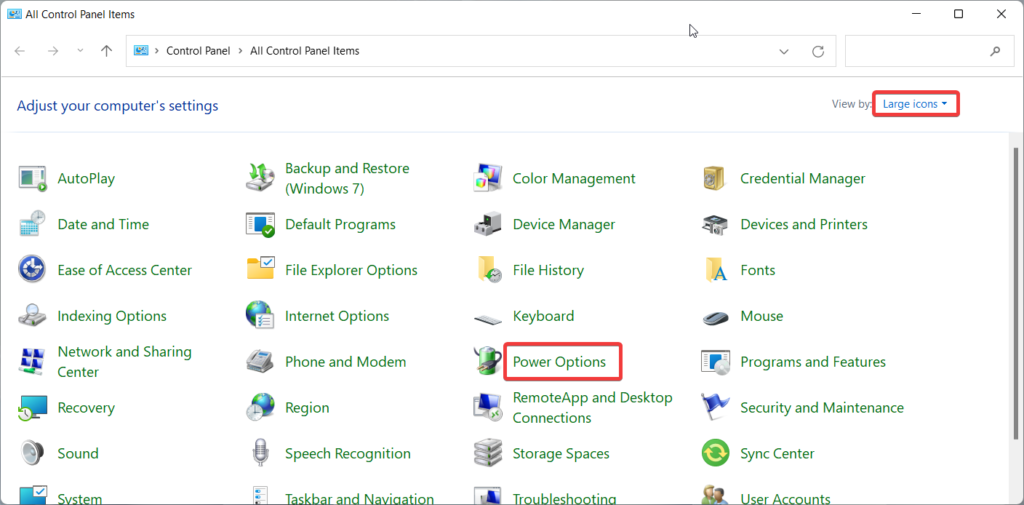
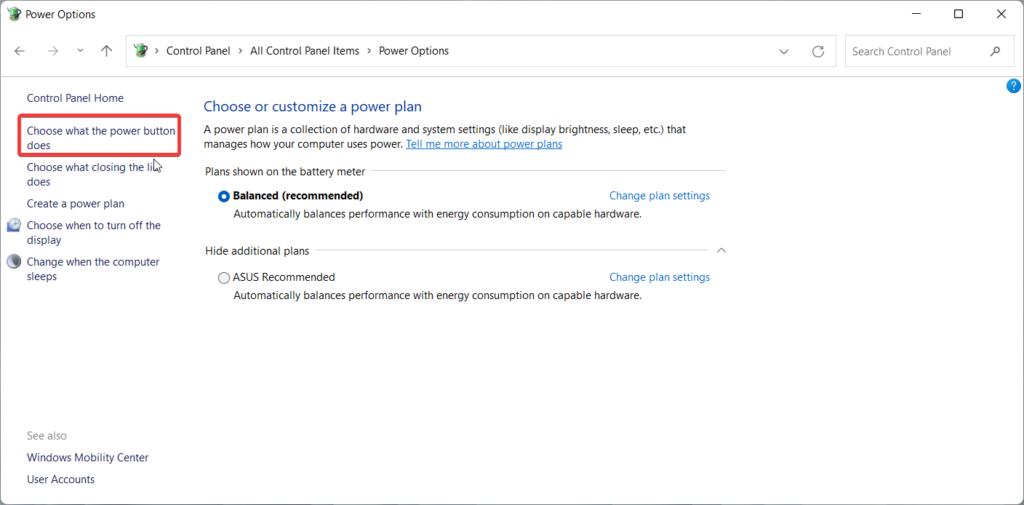
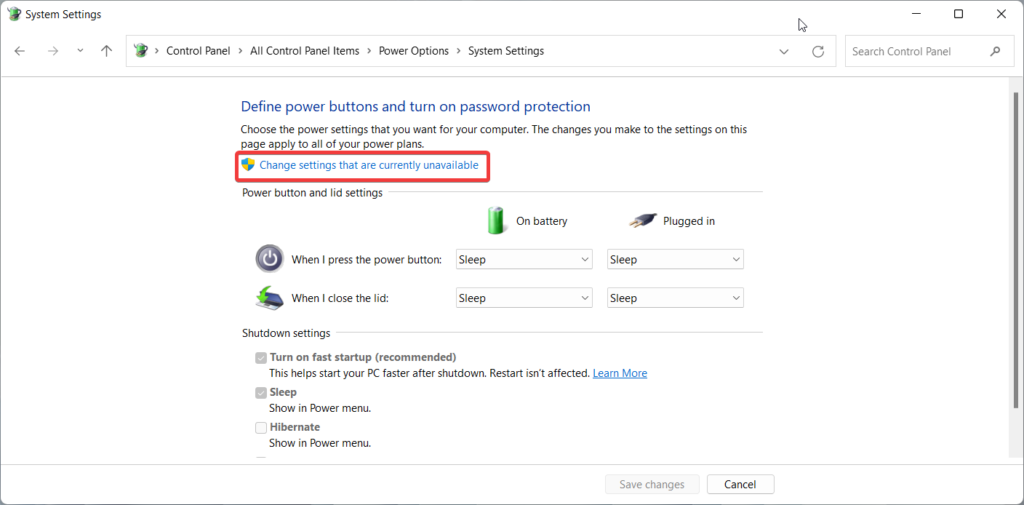
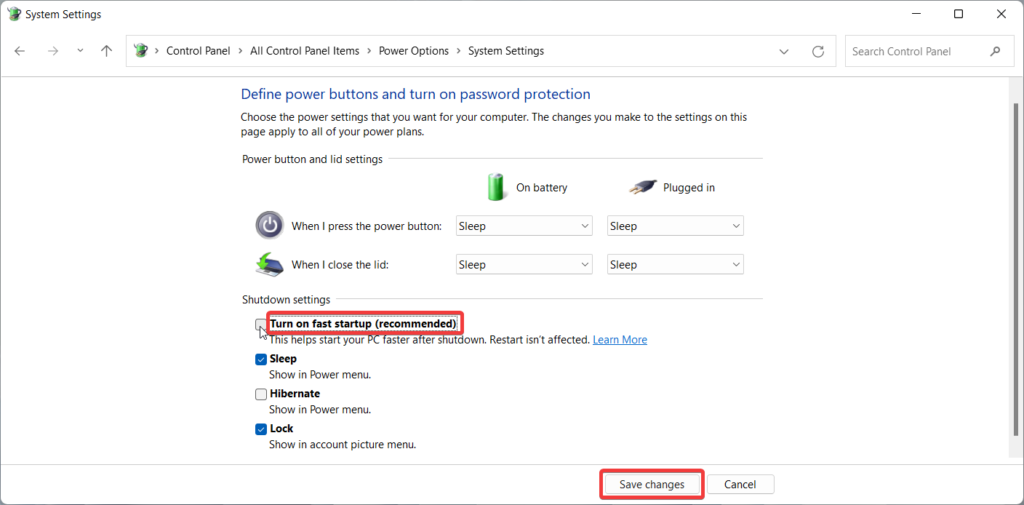
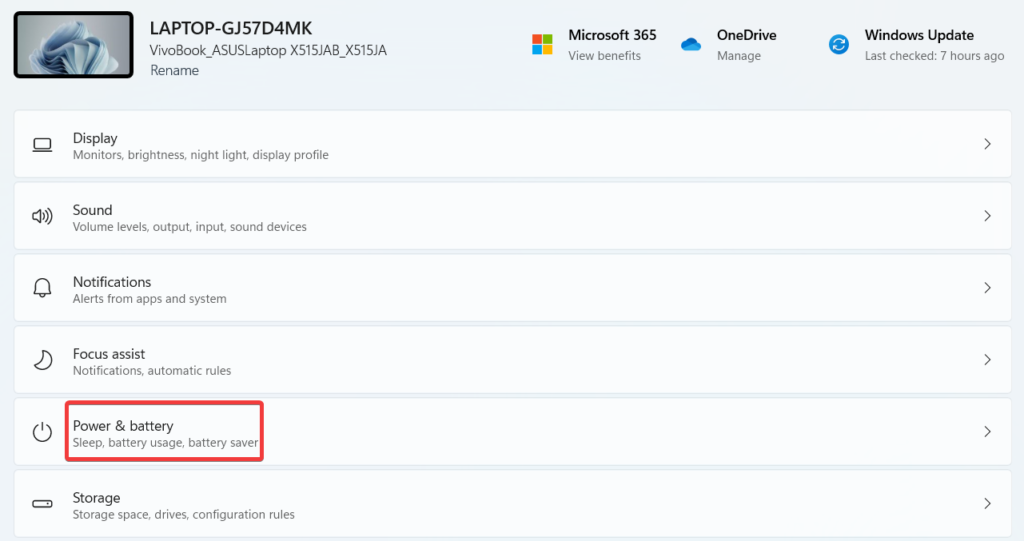
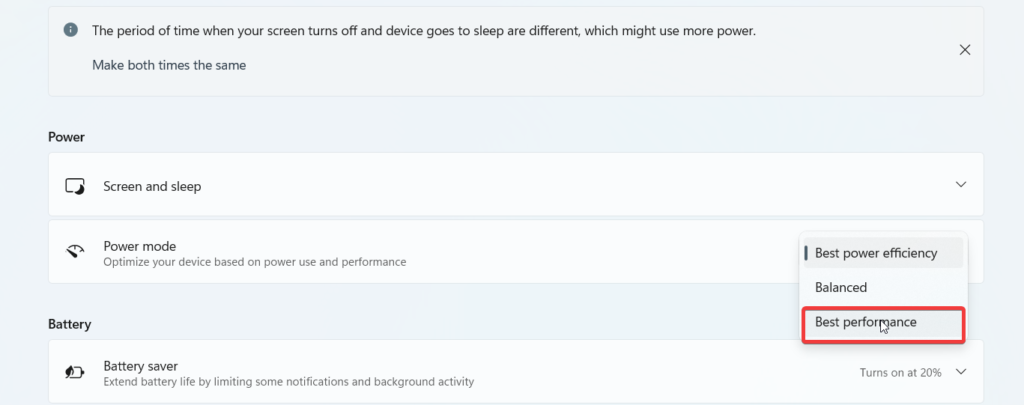
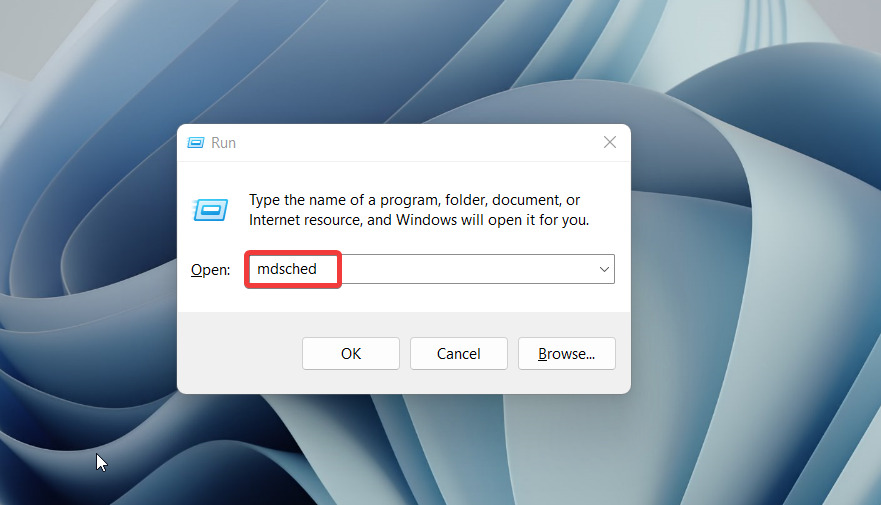
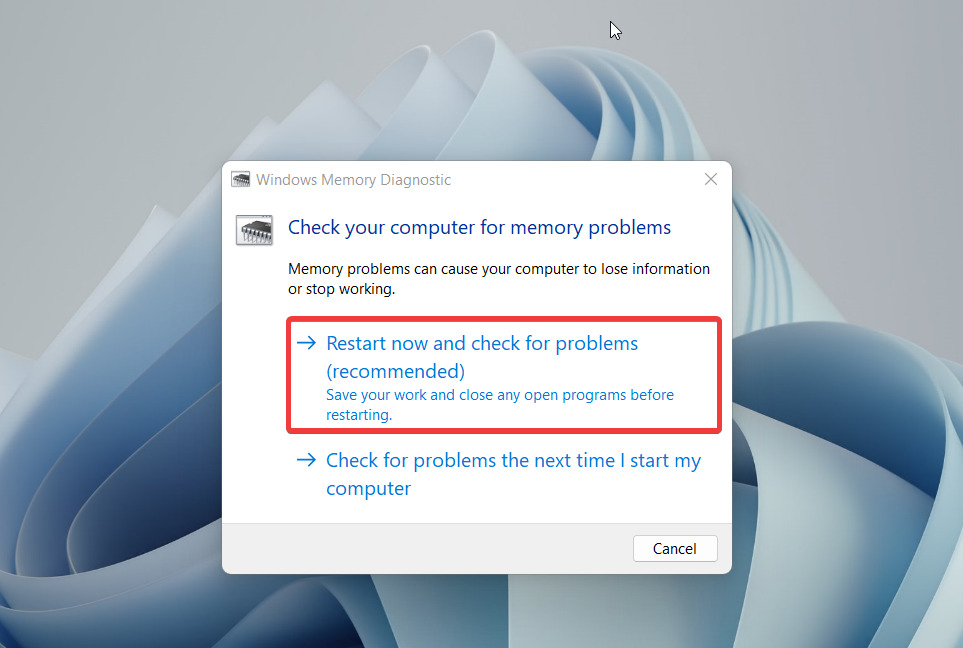

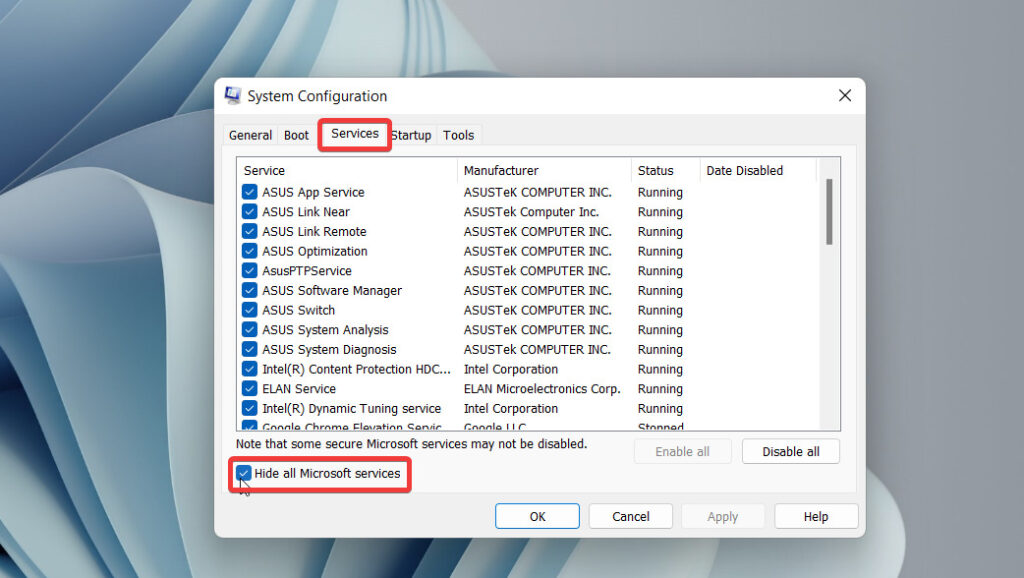
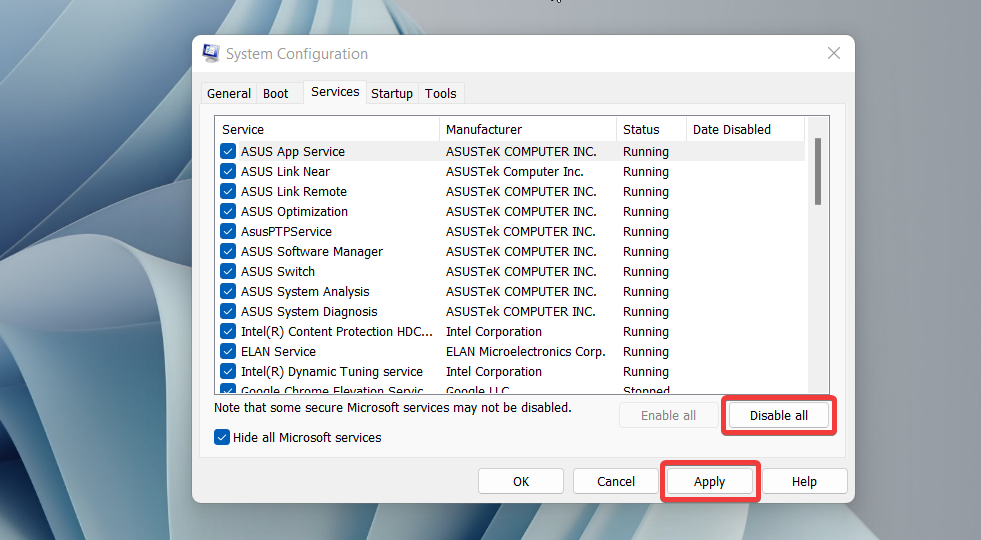
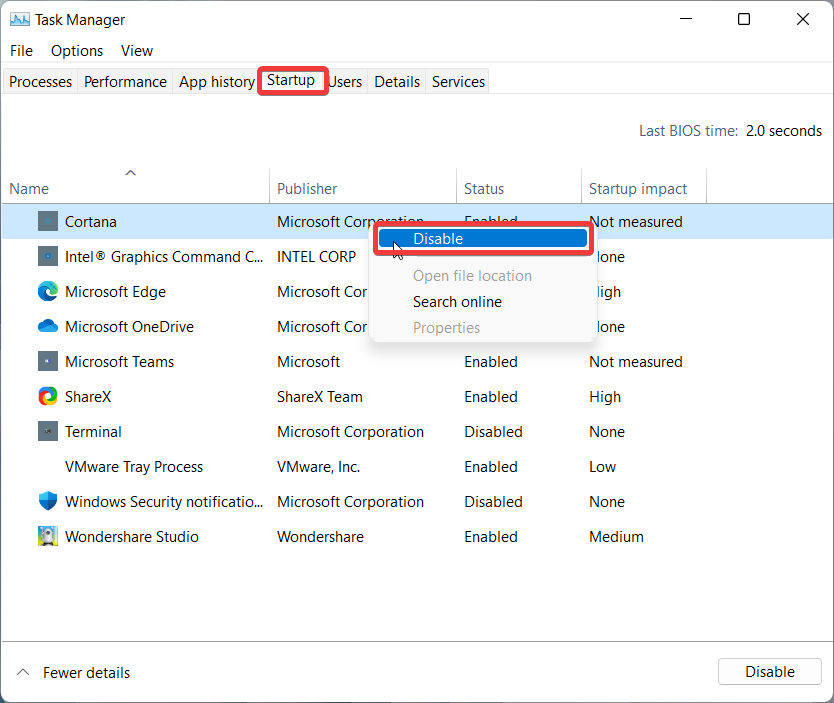
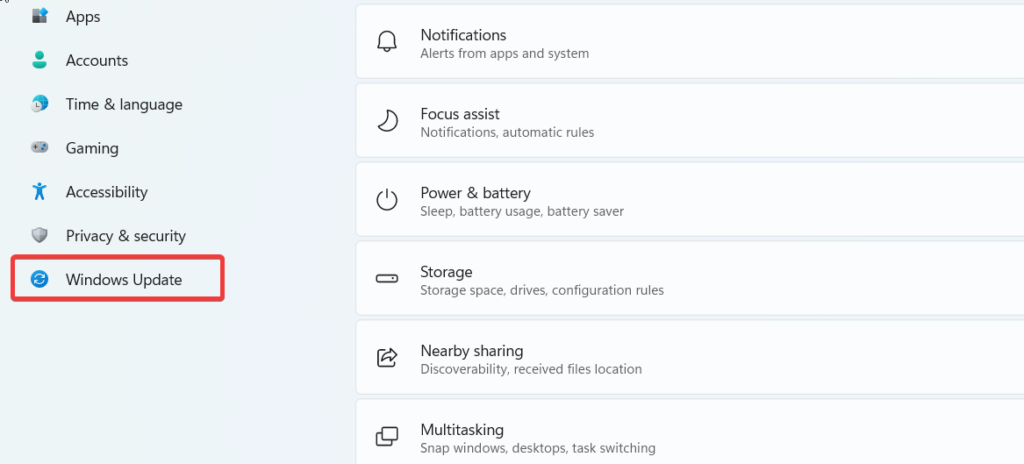
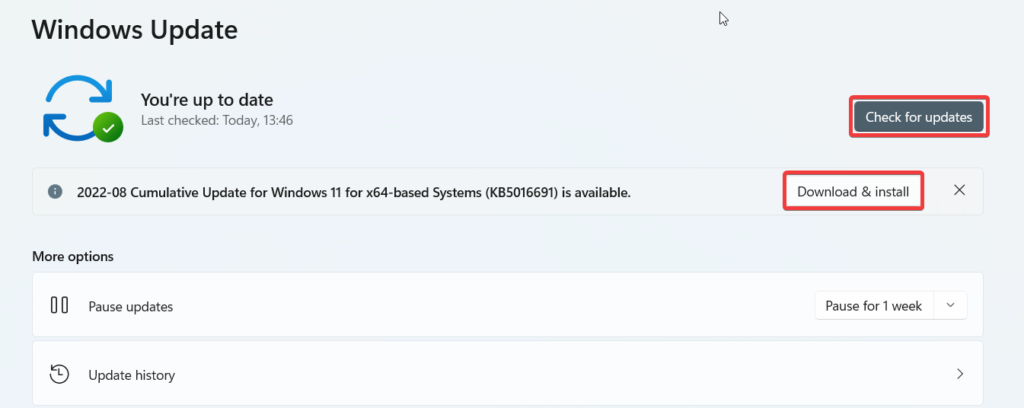
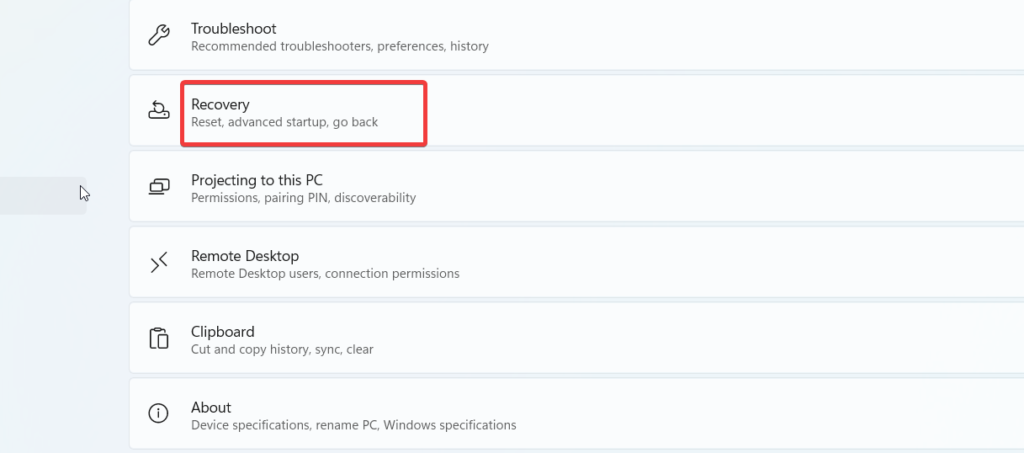
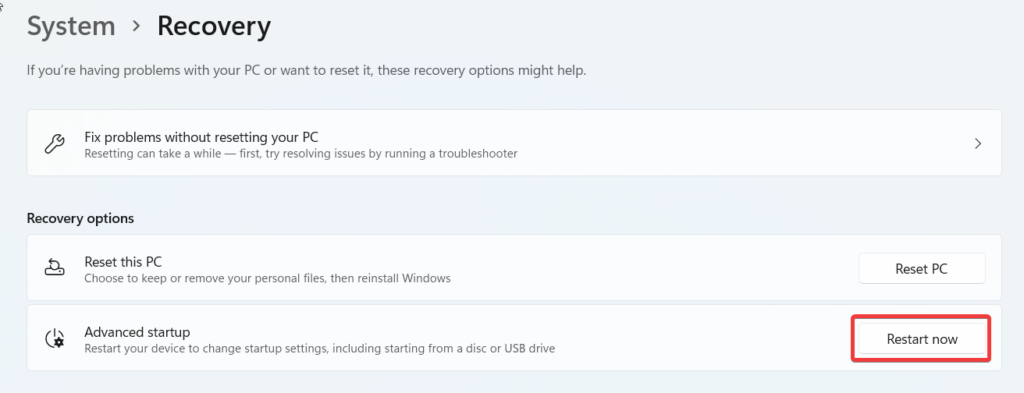
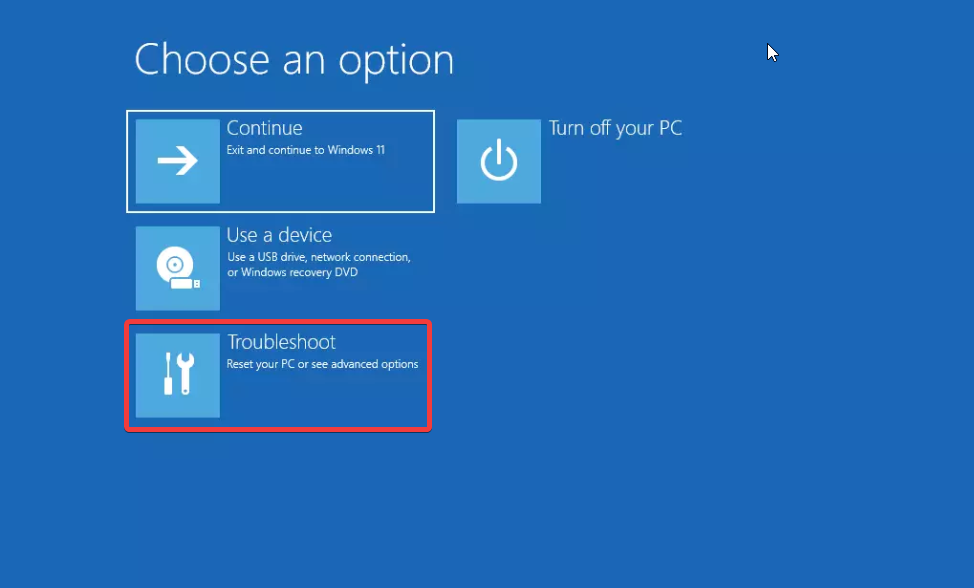
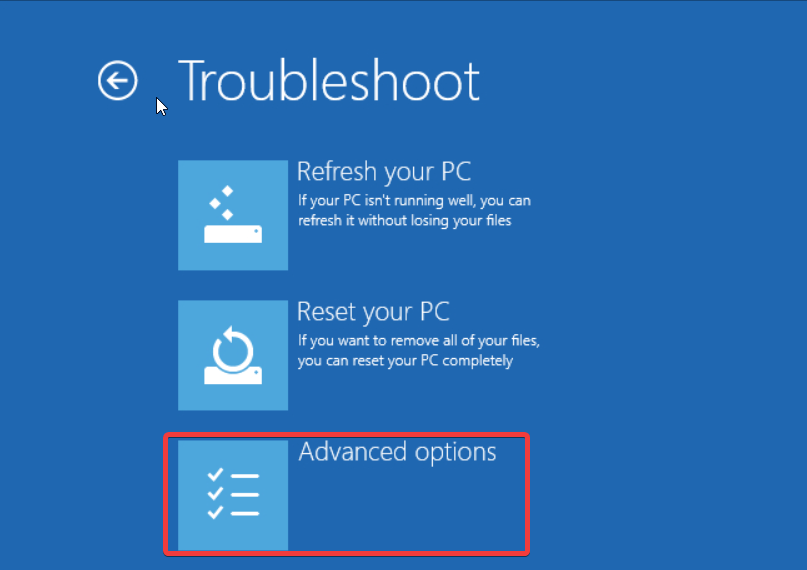
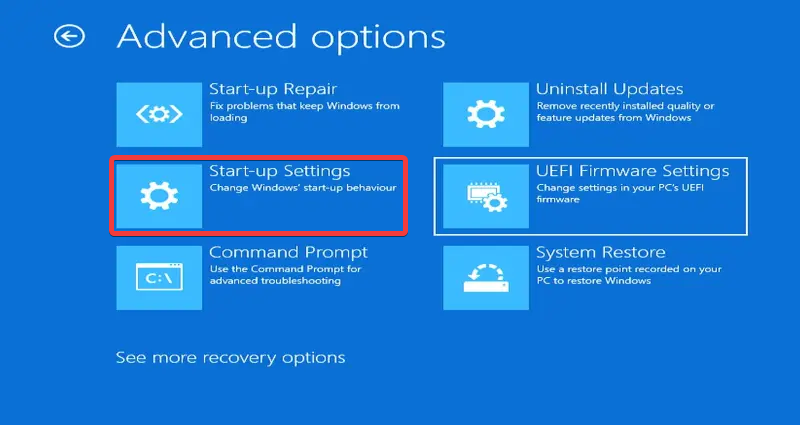
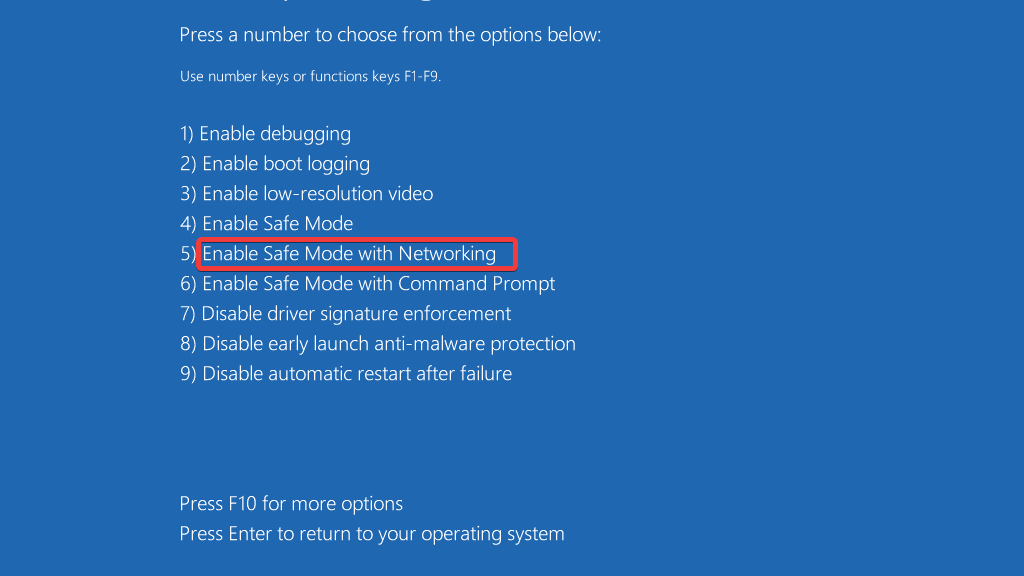
![]()
